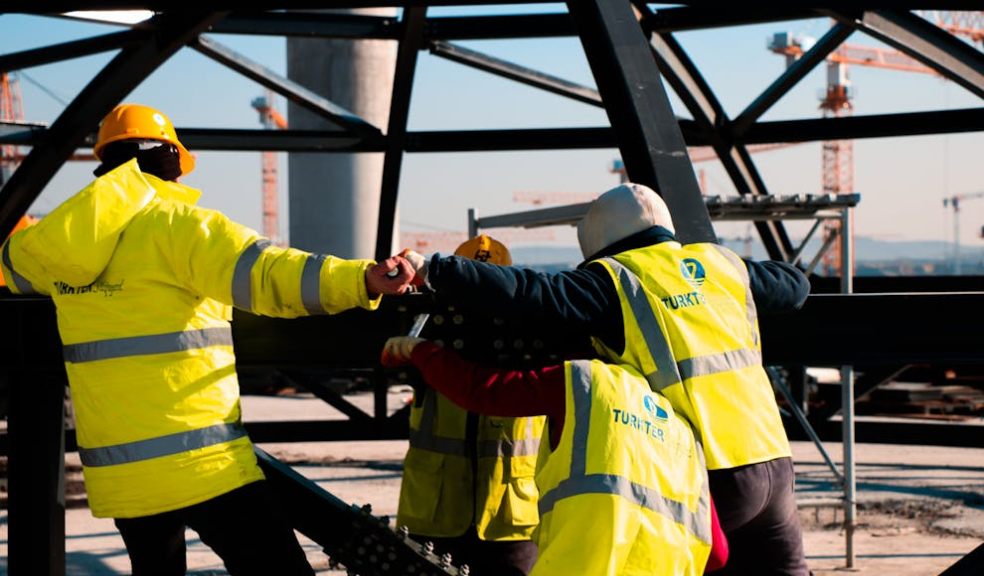
How to Ensure Workplace Safety for Your Employees
As an employer, you must provide basic safety precautions for your employees if you own a business with a significant chance of accidents. Workplace mishaps are very common in the world, and some have also claimed lives. There’s always a risk of workplace accidents. But that doesn’t mean that you shouldn’t hire staff to work for your company. Your workplace will have a secure environment for your workers if you follow safety measures and have the right policies and procedures in place. Simple factors like damp flooring or uneven, raised terrain can be the cause of workplace slip-and-fall accidents, which is the most common form of accident in most hazardous workplaces. They can occur in a regular warehouse and even in offshore oil rigs.
“Oil rigs present numerous slip hazards, including wet or oily surfaces and cluttered walkways,” says an oil rig accident lawyer at Chopin Law Firm.
Here, we have listed six common ways to ensure workplace safety for your employees. Take a look.
Train employees to use machinery
Your staff members need training to operate your machines safely, especially if your business has large, complicated machinery for both manufacturing and operations. Untrained employees can be victims of accidents, and can also endanger the lives of their peers. One careless move could stop the operations or the production process, as well as cause harm to one or more of the employees engaged in the process. A malfunctioning device can also cause these accidents.
Examine the machine handbook or instructions that come with them and make sure your staff receives proper training to handle them to avoid such accidents. Also, ensure that the employees only use the machinery for their intended purpose.
Communicate company safety policies with employees
Every business has its own set of safety guidelines. If there are risks at work, you must establish these policies and educate your staff members about them. Make sure they stick to the policies at all times and take part in all of the drills.
Update these policies from time to time to reflect any improvements or modifications to the type of work. Hold training sessions when you establish new safety policies or modify your tools and machinery. The number of accidents can actually go down by maintaining these regulations. You should have a distinct HR department for developing these policies and conducting the training programs. So, make sure to create an HR department to help you modify your equipment and safety procedures regularly.
Provide instructions for safety gears
Providing safety equipment like non-slip shoes and fire-retardant clothes is a wonderful strategy to decrease accidents in hazardous workplaces. Teach your staff to wear these protective gear at work - even if they feel like these are redundant and they don’t need them. Accidents can occur for the smallest of causes, and wearing these gears regularly ensures that your employees don’t fall victim to these accidents as often. If there is a spillage risk, ask your employees to wear non-slip shoes. If they work with dust and debris, they must wear masks and bodysuits. The same should apply if they handle hazardous chemicals or substances.
Give employees breaks between work
Add more breaks to your work schedule in addition to the ones in between shifts, especially if your workplace is hazardous. Continuous work hours may cause fatigue in workers and increase the risk of accidents. Even if you don’t use machines and have a desk and computer for day-to-day work, take regular breaks to give your eyes a chance to rest. Move around to enhance your body's blood circulation. Ask your employees to practice the same. Give them breaks every hour if they are handling heavy equipment so they can restore their energy before resuming work. Supply good food and lots of hydration to keep them healthy.
Actively check for potential risks
Inspect your workplace at least every two weeks to identify any hazards. Look for broken electrical wiring or equipment, and take quick action to remove them. Encourage your staff to look for and report any irregularities or faults in the processes or machinery because they spend more time with these. If you find issues that need immediate attention, stop the operations until it's fixed to prevent accidents. Your employees could lose their lives in an unsafe atmosphere, so don't ignore their concerns for fear of financial loss.
Create a safe working environment.
Another excellent strategy to reduce workplace accidents is to provide a safe workplace for your staff. Keeping the workspace organized can help minimize these accidents. Most of them are caused by tripping, slipping, and falling, as we discussed at the beginning of this post.
So, how do we prevent them? Give your team an hour or two each day to clear the workspace and dispose of any debris. Wipe spills from the workplace every couple of hours. If your employee is entering a hazardous area, encourage them to put on safety gear even if they will only be in the area for a short while. Ask them to turn off the electricity and machinery.
Have several first aid kits at your workplace and keep a list of paramedics to use during an emergency. Also, reduce the employees’ prolonged exposure to dangerous working procedures and toxins to reduce the chance of chronic illness.
Although you can't always prevent accidents at work, exercising caution can lower the risk. Don’t forget to act quickly after a staff member has an accident at your workplace. Workers quickly become used to the safety procedures at work once they become the standard. Workplace accidents could cost you a lot of money in compensation if even one of your employees files a complaint against your company. So, establish a secure workplace that benefits both you and your staff.













